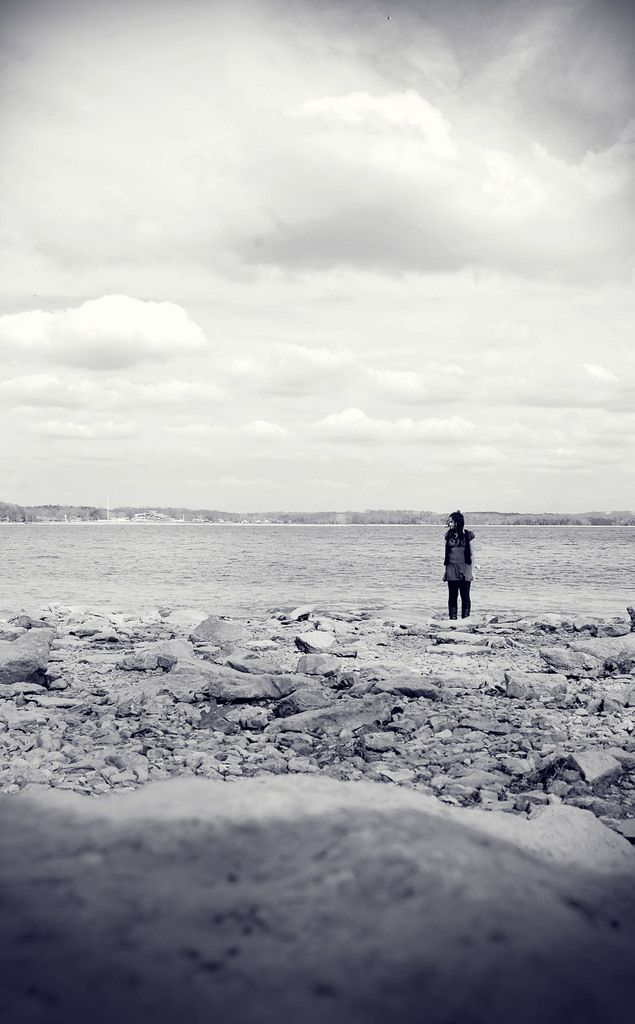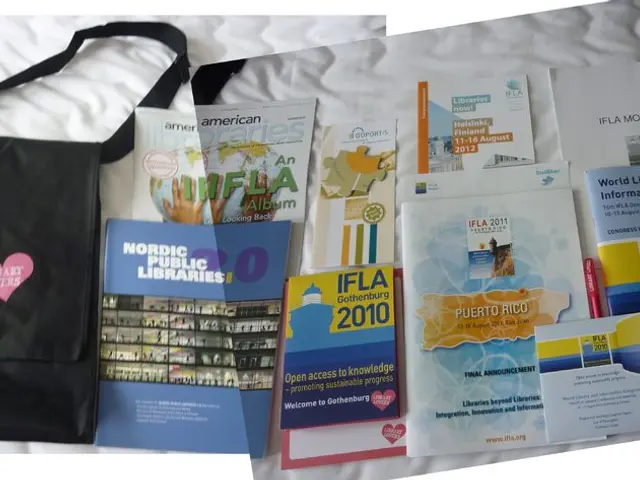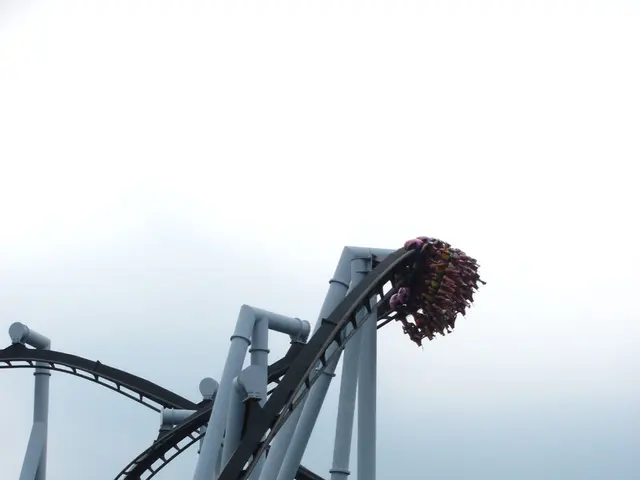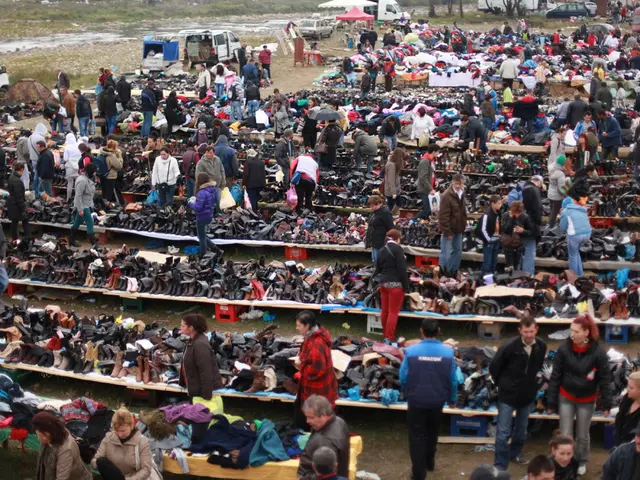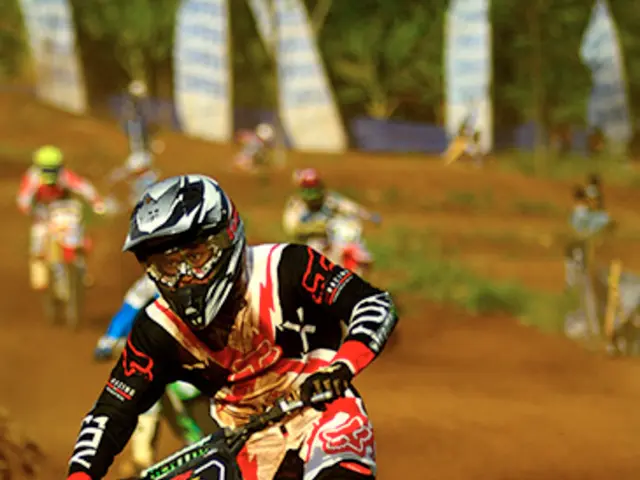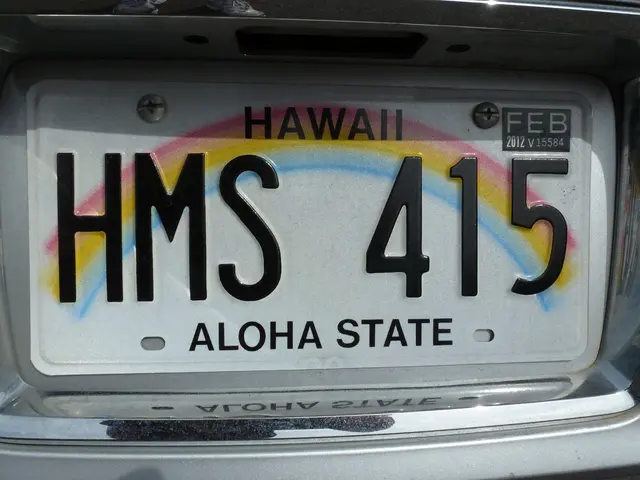Swimming side by side with Anacondas in Bonito, Brazil
Anaconda Adventures: Dive with the Monster of the Waterways
Welcome to the thrilling world of anaconda encounters! The green anaconda, the largest and heaviest snake on the planet, can be found slithering in the waterways of Bonito, Brazil. And if you're up for an unforgettable adventure, you can even dive with these river monsters!
The Green Anaconda: King of the Amazonian Rivers
Of the four species of anaconda, three call Brazil home. Among them is the green anaconda, a colossal creature that can grow up to a staggering 250kg. These aquatic titans are not every diver's dream, but the unique experience of diving with them is truly one-of-a-kind, especially with a knowledgeable guide to ensure your safety.
Capturing the Monster on Camera
The anaconda's immense size necessitates a wide-angle lens for optimum capture. A lens like a 16-35mm gives you the flexibility to focus on both the anaconda's body and its distinct features. Remember, the anaconda's size may vary, making it crucial to have a versatile lens.
** bonito's Bounty: A Wildlife Watcher's Paradise**
The Pantanal in Southwest Brazil is the world's largest tropical wetland, teeming with exotic wildlife such as blue macaws, giant anteaters, jaguars, and capuchin monkeys. Despite the Amazon's fame, the open savannah of the Pantanal offers a more accessible wildlife-watching experience.
Each wet season (December to March), the Pantanal transforms into a sprawling floodplain as torrential rains inundate the landscape. By mid-year, the swollen rivers begin to recede, lagoons shrink, and fields dry out, allowing animals to graze once more. During this period, the extraordinary clarity of the water makes it an ideal time for spotting marine life, including the green anaconda.
Accessing the Green Anaconda: A Journey to Bonito
The remote town of Bonito, a four-hour drive from the Campo Grande airport, serves as the gateway to this incredible adventure. The waterways near Bonito, interconnected with the Pantanal wetlands, are the perfect hunting ground for green anacondas. In fact, it's the only place on Earth where you can dive with these creatures, as in their other habitats, the water is usually too murky to see them.
Anacondas can grow up to nine meters long and weight a mind-boggling 250kg. These semi-aquatic reptiles prefer swamps, marshes, and slow-moving rivers, where they can move with remarkable agility, making them efficient predators.
The Anaconda Challenge
Patience, a skilled guide, and a keen eye are essential for this extraordinary quest. Anacondas' exceptional camouflage makes them difficult to spot, and they tend to disappear quickly whenever they sense danger. Underwater, an anaconda can remain submerged for up to ten minutes before resurfacing for air.
Expect whispers and quiet boat rides through the wetlands to avoid alarming the shy anacondas. Ideally, you'll catch sight of one sunbathing on the riverbank, and when it slips into the water, you'll follow suit. You can dive or snorkel in the shallow depth of one to four meters, with several meters of visibility.
A once-in-a-lifetime Experience
These specialized trips were once exclusive to film crews but have recently gained attention from underwater photographers. To embark on this unforgettable journey, connect with experienced guides like Marcos Violante, a bilingual guide and biology graduate who has been leading tours in the Pantanal since 1996. Marcos, who caters to small groups of five or less, offers trips between July and September. Keep in mind that spotting a large, female anaconda is not guaranteed, but the odds are high, even if you encounter a smaller male.
These extraordinary expeditions come at a premium, with prices starting at around USD $10,000 per person for two people. Costs drop to around USD $7,000 per person for a group of four. To reach Marcos, send him an email at [email protected]. Daniel de Granville also offers wildlife expeditions via his company Photo In Natura (photoinnatura.com).
**This is an adapted excerpt from Ultimate Dive Sites by Todd Thimios, slated for publication by Hardie Grant Explore on 1 February 2025. Dive guide, photographer, and author Todd Thimios has completed more than 3,500 dives and has curated a collection of 50 of the world's ultimate diving experiences within this book.
Enrichment Data:
- During the dry season (June-October), the drier conditions and lowered water levels may concentrate aquatic life, making green anacondas more accessible for both sightings and underwater photography.
- Green anacondas tend to be more active and visible during warmer parts of the day and after rains.
- Crystal-clear rivers like Rio Sucuri, famous for their underwater gardens and endemic fish, are not typical anaconda habitats, though they may appear there occasionally.
- For dedicated anaconda photography, focus on guided tours in wetland areas rather than the popular, transparent rivers.
- For the exceptional experience of diving with the colossal green anaconda, consider a guided trip in Bonito, Brazil, a paradise for wildlife watchers and adventurers.
- Remember to bring a wide-angle lens like a 16-35mm for capturing the immense size and distinct features of the green anaconda during your underwater photography.
- The flexibility of the Pantanal during its wet season (December to March) transforms it into an ideal time for spotting the elusive green anaconda, as the clarity of the water makes them easier to see.
- As you journey to Bonito, be prepared to dive or snorkel in the shallow depth of one to four meters, with several meters of visibility, for the opportunity of a lifetime to dive with a green anaconda.
- Embarking on this extraordinary journey requires patience, the help of a skilled guide, and a keen eye, as the anaconda's exceptional camouflage makes them challenging to spot.
- To arrange this once-in-a-lifetime experience, contact experienced guides like Marcos Violante, a bilingual guide catering to groups of five or fewer, or Daniel de Granville of Photo In Natura.
